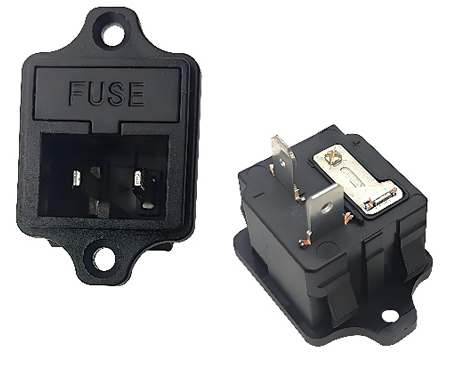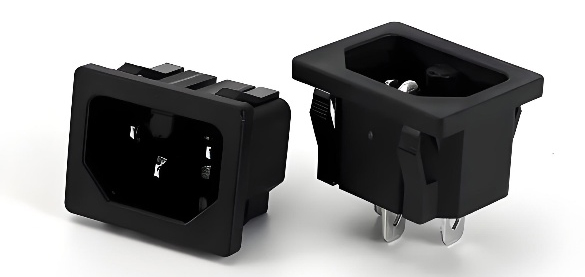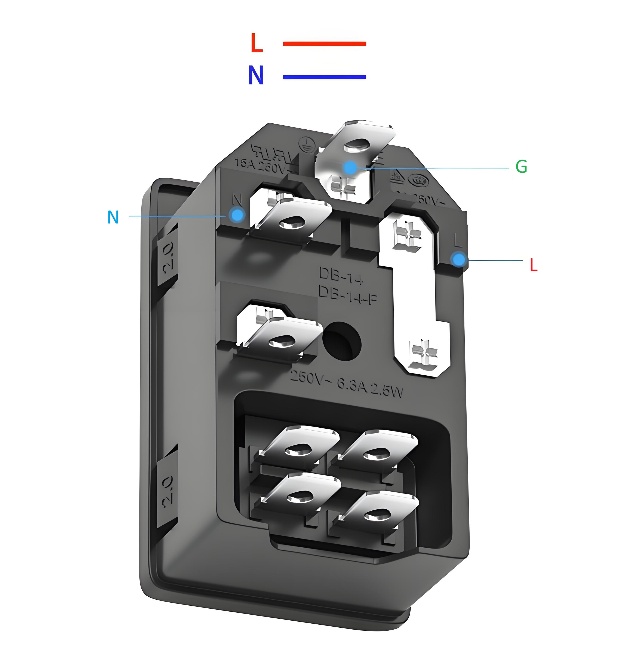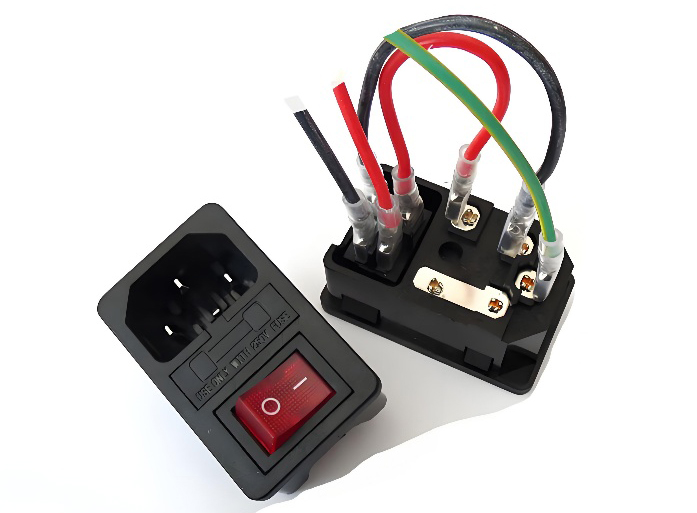
From the coffee maker in the morning to the phone charger by your bed at night, power outlets are everywhere. They silently underpin our daily lives, connecting us to electricity and powering everything from the smallest electronics to large appliances. Yet, despite their ubiquity, many people don’t fully understand how they work, what types exist, or what to watch out for when problems arise.
What Exactly Is a Power Socket?

A power socket is a device that allows electrical appliances to connect to a building’s power supply. Most commonly installed in walls or sometimes in floors or furniture, it serves as the bridge between your electrical system and your devices. When you plug something into a socket, it completes an electrical circuit, allowing current to flow and power your appliance.
Power sockets come in different shapes and sizes depending on where you live. In North America, for example, you’re likely to see sockets with two vertical slots and an optional third hole for grounding. In the UK, sockets have a completely different design with three rectangular holes. These differences aren’t just aesthetic—they reflect variations in voltage, current, and safety regulations.
The Different Types of Power Sockets
While the fundamental function remains the same, power sockets are far from one-size-fits-all. Countries adopt different socket types based on national electrical standards, which means travelers often encounter unfamiliar shapes when abroad. Some are designed with two pins, others with three. Some offer grounding; others do not. You’ll also find sockets built specifically for outdoor use, heavy-duty appliances, or with added features like USB ports or smart connectivity.
Beyond the shape and pin configuration, sockets also differ in terms of their voltage and current ratings. Using the wrong socket with incompatible devices can damage your equipment—or worse, pose a fire risk.
Things to Consider When Choosing a Power Socket
Choosing a power socket isn’t just about selecting something that matches your wall color. The right socket depends on where it will be used, what will be plugged into it, and the specific needs of your household or workspace.
One important factor is safety. In areas like kitchens and bathrooms, where moisture is present, specialized sockets such as GFCIs (Ground Fault Circuit Interrupters) are required to prevent electric shock. In homes with young children, tamper-resistant sockets add an extra layer of protection. If you’re upgrading or renovating, you might want to consider modern features such as built-in USB ports or smart sockets that can be controlled remotely through apps or voice assistants.
It’s also wise to think about future use. Installing a higher-capacity outlet now can save trouble later if you upgrade to more powerful appliances.
Installation of a Power Socket

Installing a power socket should always be done with care and expertise. While minor replacements might be handled by experienced DIYers, new installations are best left to licensed electricians.
The installation process typically includes:
Planning and Positioning: Deciding the socket’s location based on appliance placement and wiring access.
Power Shut-off: Always turn off the breaker before handling electrical components.
Wiring: Running cables from the main electrical panel and properly connecting them to the socket terminals—live (hot), neutral, and ground.
Mounting and Testing: The socket is secured to a wall box, the faceplate attached, and then tested for voltage and grounding.
Improper installation can lead to shocks, fire hazards, or damaged devices, so it’s not worth the risk if you’re unsure.
Identifying Power Socket Problems

Over time, power sockets can show signs of wear or malfunction. Sometimes the issues are obvious—a socket that won’t hold a plug, gives off a burning smell, or visibly sparks is clearly unsafe. But other problems are more subtle, such as occasional power flickers, warm wall plates, or discolored plastic.
These symptoms can be caused by internal damage, poor wiring, or overloaded circuits. Ignoring them can result in device failure or even electrical fires. That’s why regular observation and a bit of preventative awareness can go a long way toward home safety.
Troubleshooting Step-by-Step
If a socket stops working, follow this basic troubleshooting process:
- Check the Device: Plug it into a different outlet to confirm the device itself works.
- Inspect the Breaker: A tripped circuit breaker or blown fuse may be the cause.
- Test Other Sockets on the Circuit: If multiple outlets are dead, the problem may be upstream.
- Reset GFCI Outlets: Ground Fault Circuit Interrupters (common in kitchens/bathrooms) may need resetting.
- Use a Socket Tester or Multimeter: These tools can help detect voltage, grounding, or wiring issues.
- Turn Off Power and Inspect: If you’re confident, turn off power and remove the faceplate to check for loose wires or burn marks.
If the problem isn’t obvious or persists, it’s time to call in a professional.
Common Power Socket Problems and Their Solutions
The most common problems with power sockets usually stem from age, misuse, or poor installation. Loose internal connections can cause arcing—where electricity jumps between contacts—which can heat up the socket and pose a fire risk. In other cases, sockets may stop holding plugs securely, making it difficult to maintain a proper connection.
If you smell burning plastic or notice black marks around the socket, stop using it immediately. These are signs of overheating or short circuits. Fixing the issue often requires replacing the socket or tightening wiring connections. But unless you’re trained, it’s best to leave this kind of repair to a certified electrician.
When Should I Replace My Power Socket?
Like anything else, power sockets have a lifespan. Although they don’t wear out quickly, there are times when replacement is the safest option. If a socket feels loose, won’t hold plugs securely, or shows any visual damage, it should be replaced. The same goes for sockets that frequently trip breakers or emit heat when in use.
It’s also smart to upgrade sockets during renovations. Older homes may not have enough outlets to support today’s device-heavy lifestyles, or they may use outdated two-prong designs that lack proper grounding. Adding modern features like USB ports or smart connectivity can also make life more convenient and reduce clutter.
Conclusion
Power outlets may seem insignificant in your home or office, but they play a vital role in keeping your space functioning and safe. Whether you’re renovating your kitchen, setting up a new office, or simply replacing a worn-out outlet, choosing the right one can protect your devices and, ultimately, your home.
Electricity is important. A malfunctioning outlet may seem minor, but it can be a sign of something more serious. Regular maintenance, careful use, and knowing when to seek professional assistance can help you avoid bigger problems in the future.




